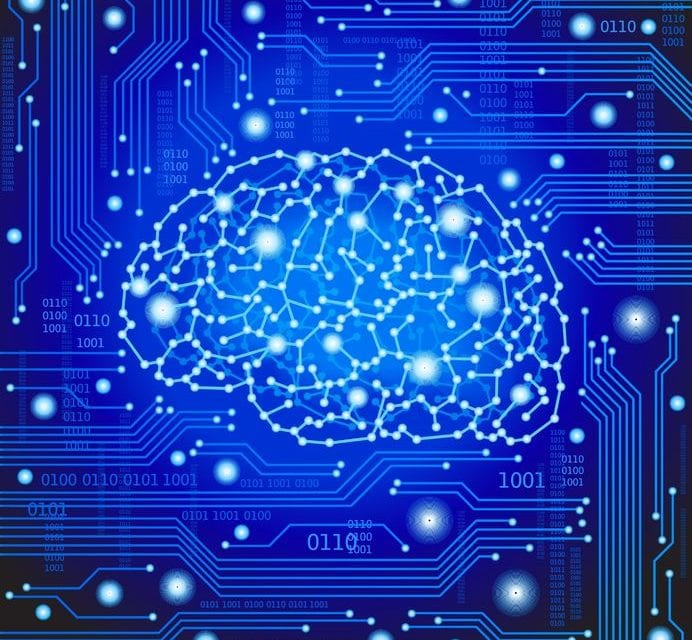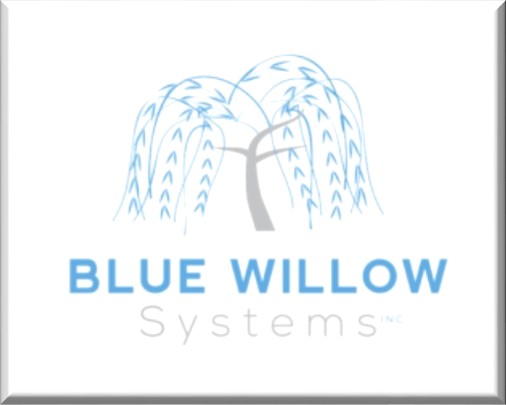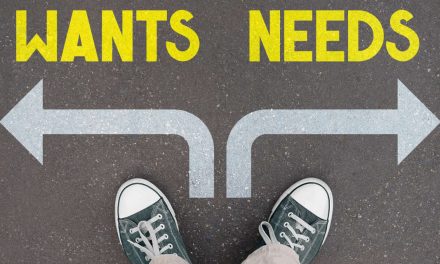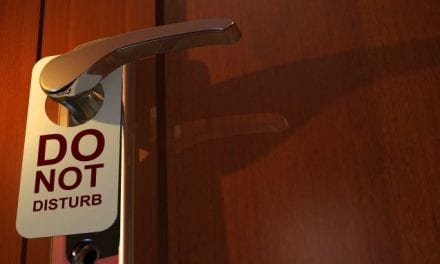According to the Centers for Disease Control (CDC), more than 2.8 million fall-related injuries are treated in emergency rooms annually, including over 800,000 hospitalizations and more than 27,000 deaths.
By Pam McDonald
Unfortunately, current emergency call systems in senior communities haven’t changed much in 20 years and continue to rely on wearable pendants and in-room pull cords, which require the person who has fallen to take an action before staff is notified. That just isn’t going to happen in a timely fashion if the person who has fallen is unconscious, incapacitated or has memory issues and does not remember to pull that cord.
A Technological Breakthrough in Fall Detection
Blue Willow Systems (a Senior Housing Forum partner) is out to change that with its innovative fall detection and alert solution. After the tragic loss of his father due to an undetected fall, Vikram Devdas, Blue Willow’s Founder and CEO, was highly motivated to use his computer engineering skills and entrepreneurial talents to find better answers.
Open the Pod Bay Door, Hal
A key feature of Blue Willow’s system is its Artificial Intelligence Neural Networks – in very simplified terms, this is a computing system made up of a number of highly interconnected processing elements, which handle information that is changing (or dynamic) in response to external inputs (like HAL, the computer in 2001, A Space Odyssey, that could learn and take control).
The idea behind artificial neural networks is to imitate the working of the human brain by making the right connections using silicon and wires as living neurons and dendrites.
After almost 50,000-laboratory fall sets, Blue Willow System’s engineers were able to program its wearable to detect and recognize falls in unlimited possible scenarios.
How It Works
The system’s Blue Band, enhanced with sophisticated deep-learning algorithms, emits a low-frequency signal at 300 milliseconds to its BlueHub. By capturing the wearable signal for location detection anywhere within a senior living community, Blue Willow automatically detects falls, tracks residents for location, and monitors vital signs and activity – in real-time, 24/7 – without any action on the part of the individual who has fallen.
Blue Willow’s Future Plans
“We are very excited to get our SaaS-based platform for senior safety care to market,” says Richard Heaton, Blue Willow System’s CTO & COO, noting that the company has already started to install its creation in both the US and Canada.
Additional Solutions
In addition to its fall detection and alerts, Blue Willow Systems also has fine-tuned a geo-fencing feature that alerts caregivers via smart devices, phones, computers, or pagers of any boundary breaches. This allows a community to effectively care for individuals with dementia while allowing freedom of movement and dignity for residents and staff.
For more information about Blue Willow Systems, call (877) 789-9657or visit their website by clicking on the button below:
Click on the button below to download a PDF copy of this article:










